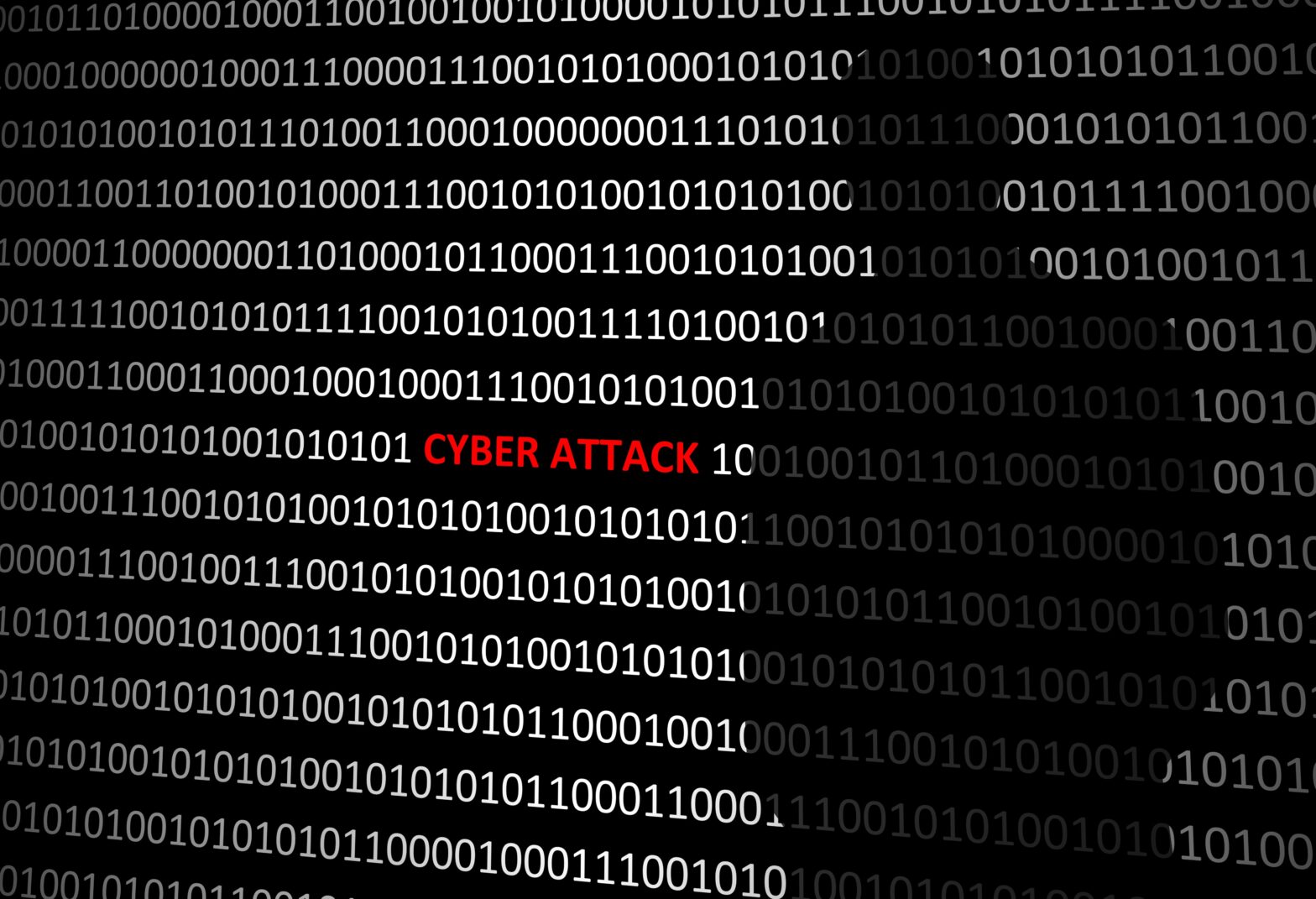It’s been reported today that the UK’s critical national infrastructure has been targeted by 188 high-level cyber-attacks in the past three months. The NCSC has said that there have been multiple attempts to steal valuable data from government departments, which follows on from Phillip Hammond’s comments over the weekend that the ‘internet revolution’ is raising the threat level.
Richard Henderson, global security strategist at endpoint security specialist Absolute, says, ‘It’s no real surprise that we’re facing such a massive, continuous threat – today’s hackers are extremely clever and persistent, and will do whatever it takes to steal confidential information that could devastate our critical national infrastructure. What’s really worrying though, is the rising number of endpoints that are magnifying this threat.
‘Whether it’s a mobile or wearable device, or even a seemingly innocent internet-connected fridge, cybercriminals have an almost infinite number of vectors to exploit when attempting to extract valuable data. The Internet of Things (IoT) phenomenon is breaking the traditional enterprise perimeter and massively expanding the attack surface – so unless all endpoints are adequately secured, the entire critical national infrastructure could be at risk.’
Henderson adds, ‘A common problem for public sector organisations and enterprises is keeping track of every endpoint. IoT and BYOD is transforming our security landscape and raises the risk factor from high to off-the-scale, which means it’s essential that these organisations have complete visibility into where data resides.
‘GDPR coming into effect next year will certainly help tighten security efforts around endpoints and applications, however for those protecting national infrastructure, the repercussions that go beyond failing compliance regulations and paying huge fines are unthinkable. Hackers have the skills and motivation to persistently attack the UK government, so why aren’t our security measures just as aggressive, if not more?
‘It’s more important than ever that our critical assets are protected from all sides, because leaving just one internet-connected device exposed could have unimaginable consequences.’





